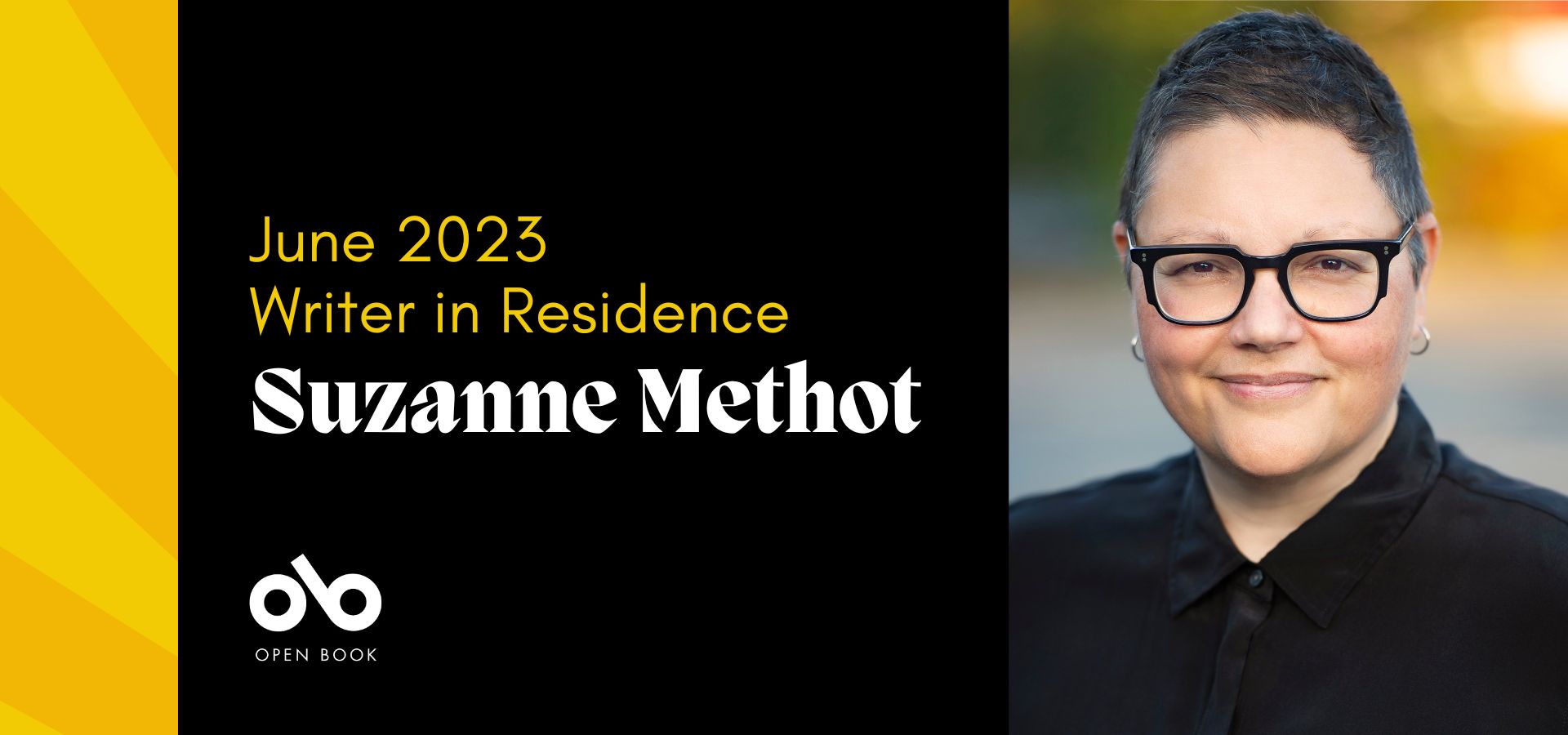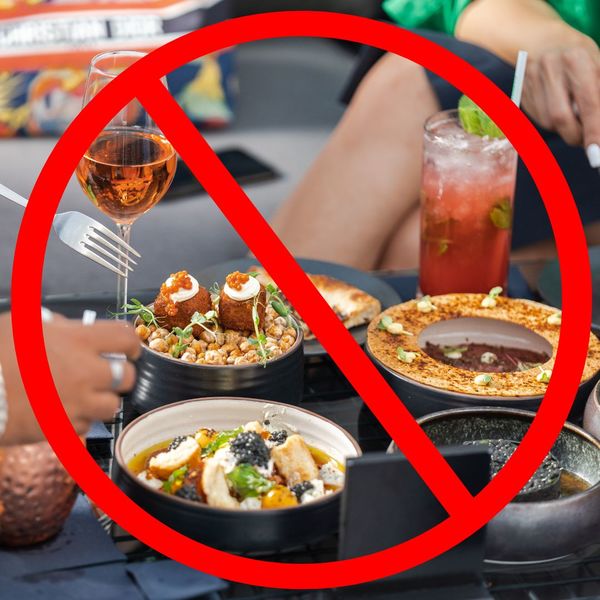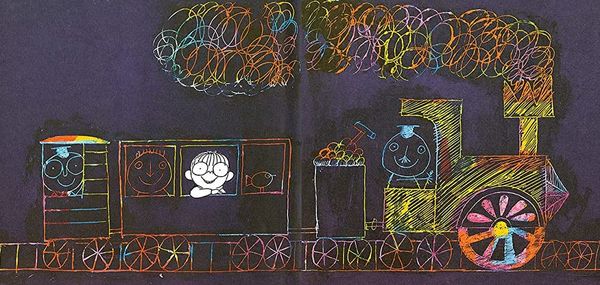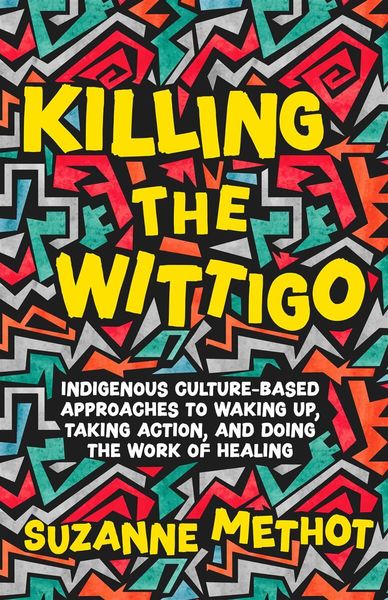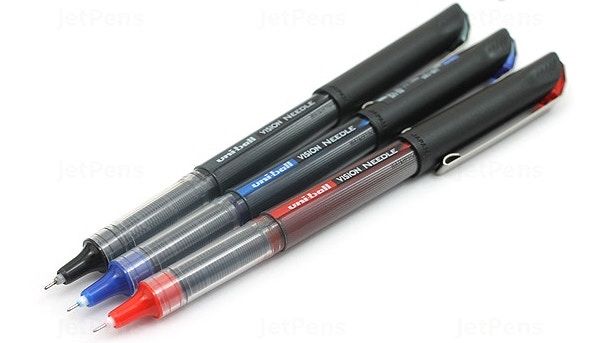Getting to Know June Writer in Residence Suzanne Methot: the World's Best Pen & Life Without Restaurants
Talking about trauma, especially its intergenerational effects, isn't easy. But it's necessary to help survivors and especially their children process experiences and find support. Educator, activist, and writer Suzanne Methot has been working in literacy and skills training for decades, and has created original resources for Indigenous students navigating the complex terrain of intergenerational trauma.
Her new book, Killing the Wittigo: Indigenous Culture-Based Approaches to Waking Up, Taking Action, and Doing the Work of Healing (ECW Press) is geared specifically to young adults, as well as anyone who might be a reluctant reader, and talks candidly and directly about how trauma can change a person's body, brain, and reactions. It also centres Indigenous resilience and celebrates the communities that have preserved vibrant tradition and connection even in the face of genocidal attacks.
Community-focused, easy to read, and filled with concrete examples and stories, the book not only uplifts healing in Indigenous communities, it also turns the lens to talk about what settler society needs to do to create systemic change. A great, graphic-heavy resource for Indigenous young people, educators, and anyone looking to expand their understanding of the ripple effects of trauma, Killing the Wittigo is essential reading.
We're extremely excited to welcome Suzanne to Open Book as our June 2023 writer in residence. She'll be sharing original writing on a wide variety of topics, and you can get to know her—fierce, funny, wise, and always true to her values—today as she takes on our classic Dirty Dozen challenge, where we ask writers to share 12 unexpected facts about themselves.
She tells us about why you won't see her eating in a restaurant, shares the story of a mysterious joke thief, and drops a hot take about the one true pen to rule us all.
The Dirty Dozen with Suzanne Methot:
1. I’m way older than people think. This means I get weird looks when I say things like “When I was working in adult literacy 30 years ago...”. I deliberately include my birth year in bios to avoid confusion.
2. I don’t eat at restaurants, ever. I survived the misogynist world of restaurant server work while I was in undergraduate school because I needed a job. Today, I have no desire to support the toxic bosses and non-union shops that make up the ever-expanding hospitality sector. Conventional farming is a major contributor to climate change, and the greenhouse gases created by transnational shipping and wasted food that goes straight to landfill mean that restos are a no-go zone for me. It’s become a great relationship filter. If we’re going to be friends, then you have to be into hanging out in someone’s backyard with heaps of homemade, delicious food.
3. I’m an archer. I use a recurve longbow and carbon/feather arrows.
4. I was radicalized as a young child by the 1970s cartoon classic Simon in the Land of Chalk Drawings and the social justice themes (and LSD-inspired counting videos) on Sesame Street.
5. I used to train security guards, so I know how to work a pair of Smith and Wesson handcuffs. These kinds of fun facts come in handy for a writer, but they’re also key to questioning and/or interrupting colonial control and other forms of oppression. I wish I’d been there in May when two Montreal cops claimed they didn’t have the key to the cuffs they slapped on a Black man who was getting into his own car. Handcuffs do come with keys, but the key is just a steel pin. If you don’t have it, you can use a paper clip or any number of other items to slide the pin out of lock position. The cops forced that man to stand there for 15 minutes, in full view of the public, because they wanted to demean him. They could have undone the cuffs at any time.
Your CanLit News
Subscribe to Open Book’s newsletter to get local book events, literary content, writing tips, and more in your inbox
6. I’ve had more yard sales than I can count, because I’ve moved a lot. I used to worry about the money I was “losing,” but the renovictions, long-distance moves, and cheap digs I needed when I was in school have taught me some lessons about letting go. I have a few pieces that go everywhere with me (and of course I keep the visual art), but the other stuff is only mine for a while, until my situation changes and someone else can use it.
7. I’m an SATB choir nerd with a preference for singing western classical and contemporary choral pieces. When I was in a big gay choir in Toronto, my favourite moment of each season was watching the tenors and baritone/basses (mostly gay men) open their folders, discover whatever Broadway show tune was in there, and then say, “Oh. My. God. I saw this when it was still Off-Broadway, when Jason and I were living in Chelsea.” Then I’d turn around and watch the sopranos and altos (mostly lesbians) open their folders, see the same sheet music, and say, “Does anyone know what this is?”
8. I can only write with one brand of pen: the Uni-Ball Vision Needle Micro Point. Everything else is awful, so I see no reason for stationery stores to have an entire wall of pens for sale. This is the only pen we need.
9. I was on the volleyball and doubles badminton teams in school and I won a silver medal at the Alberta Winter Games for table tennis. I do not understand any sports that involve running.
10. I love washing windows, caulking, yard work, and pulling out a ladder for any reason – but I will ignore a sink full of dishes until I run out of forks. My dreams of upward mobility mostly focus on buying a mechanical dishwasher.
11. My friends are mostly visual artists, teachers, and social workers, with a few interesting occupations (e.g., antiques dealer) thrown in for variety. I know no other writers, and I think that’s probably for the best, because writers steal. How do I know this? Because R. was ahead of my mother and I when we were stuck in line at the Native Canadian Centre of Toronto in the summer of 1995, trying to get out of the auditorium through that one skinny hallway after the Weesageechak Festival ended. To pass the time, I told a joke that I’m pretty sure I made up (I’ve never found it online) – only to find it in R.’s first book, which came out the next year. He turned around and smiled when I delivered the punch line, so I guess I’m happy about that. But it was also a warning that I’ve heeded ever since: never talk about your ideas around other writers.
12. My 2019 book and the 2023 YA adaptation of that book are nonfiction, I have a book coming out as part of a new Scholastic Canada graphic history series later in 2023, and I’m starting a history-in-maps book that Kids Can Press will be publishing in 2025. But I also write fiction. My first book was literary fiction that I shelved in first draft in 2002, after I quit writing and left the agency I was signed to. This summer, I’m turning back to some of those characters and back to adult fiction. I love writing non-fiction, but it’s not the only genre that feels available or necessary to me.
________________________________________________________
Suzanne Methot is the author of Legacy: Trauma, Story, and Indigenous Healing. She has worked in adult literacy and skills-training, as a museum educator, and as a teacher, creating a classroom program for Indigenous students experiencing intergenerational trauma. Born in Vancouver and raised in Peace River, Alberta, Suzanne is Nehiyaw of mixed Indigenous and European heritage. She lives on Gabriola Island, B.C., on the unceded territory of the Snuneymuxw Nation.
